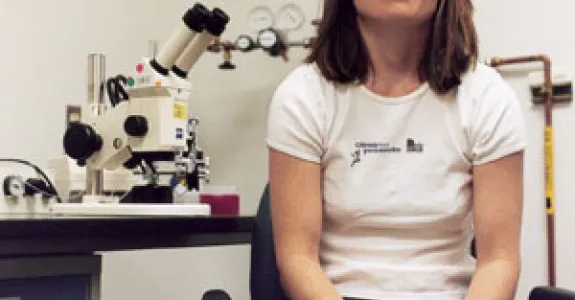
With the complete sequence of the human and mouse genomes on the horizon, the critical next step in genomic analysis is to provide functional criteria for the newly discovered proteins. Understanding the diverse protein functions present within complex genomes must encompass many different and unique approaches. These functional approaches currently include two-hybrid screens for interacting proteins, microarray techniques for visualizing expression complexity, and other assays designed to elucidate specialized functions. We have developed one such functional-based assay that we are utilizing to identify potentially hundreds of molecules that can alter specific cell-fate responses.
The Baker lab's main focus is to understand the signals necessary for patterning and specifying diverse cellular fates during gastrulation in the mouse. Mouse gastrulation, even more so than amphibian and teleost gastrulation, is a period of vast differentiation and growth. During this stage, the mouse embryo transitions from having only two cell types, to having hundreds. Although an incredibly rich source of cell signaling, the mouse gastrula has not been used by molecular biologists to mine for molecules. This is mainly due to the size (100mm) and inaccessibility of the mouse gastrula, which therefore precludes the effective use of biochemistry, embryology and molecular assays in general.



